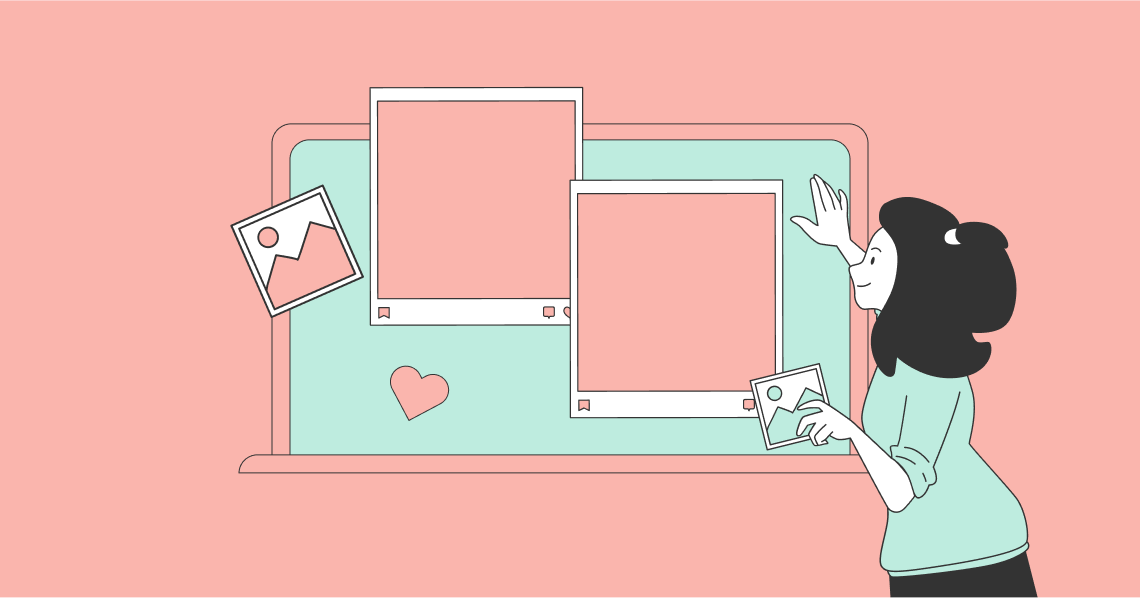All businesses want to maximize their profits and provide their customers with the best value. To do so, they use various sales tactics to further engage and connect with their target audience and close a sale. One of the most important sales tactics is upselling.
Brands and businesses typically sell basic versions of their products and services to interested consumers. However, many of these companies also have more premium versions or packages readily available in case a customer would be interested to upgrade their purchase. This is where upselling comes in.
What Is Upselling?
Upselling is a sales tactic done by businesses to get a customer to buy pricier items or package upgrades. By doing so, the customer ends up spending more, which, in turn, boosts the business’s revenue.
There are other benefits that companies stand to gain through product upsells. One is it cultivates the relationship between customers and brands. When businesses recommend offers based on a customer’s specific needs, this helps personalize and elevate the overall shopping experience. Subsequently, this can increase customer satisfaction and retention.
For consumers, upsells are advantageous because of the added value they get. Upselling also makes the process of choosing a product or service more convenient and efficient.
eCommerce stores typically do product upsells during the checkout process. These may come in the form of product suggestion pages or pop-ups showing upgraded versions—in terms of price, size, quantity, and more—of the item currently in the customer’s cart. A business may also introduce the newest version of their product to a customer and list down all its additional features that the more basic model may not have.
Upselling vs. Cross-Selling
Sometimes upselling gets confused with cross-selling, which is another sales tactic used by businesses to drive sales.
Instead of offering upgraded versions of a product, cross-selling encourages customers to purchase extra items that may enhance the way they experience a product. For example, a business selling wine may offer a complementary set of cheese and crackers at an extra fee. Meanwhile, in upselling, that business may instead offer a higher-end wine.
Both upselling and cross-selling focus on providing customers with added value by showing them products that could further enhance their experience. For businesses, this entails learning how their customers think and what they’re looking for in a product. By learning their customers’ pain points, businesses can develop their products in such a way that addresses what their customers need.
While cross-selling and upselling are both used to boost revenue, the latter tends to be more effective on customers. However, for increased sales, many businesses combine cross-selling and upselling techniques in their sales strategies.
Best Practices for Upselling
-
Offer reasonably priced items
While the goal is to maximize revenue, businesses should steer clear of offering products or services that are outrageously expensive or remarkably higher-priced than their initial offering.
-
Don’t be too aggressive
Customers don’t like feeling pressured to purchase, and a brand can drive customers away if it’s too pushy with its sales tactics. Salespeople should offer the more premium version of the product using a non-aggressive approach and graciously accept if a customer says no.
-
Know the customer
Brands should always have a good idea of who they’re selling to. This involves developing a buyer persona, researching customers’ pain points, and tailoring products and services to fit what the customer needs. This also extends to a brand’s marketing tactics, such as sending targeted emails.
-
Provide side-by-side product comparisons
Customers want to know that they’re getting the best value for their money. To effectively upsell, customers must know how much more beneficial it would be for them if they purchase the upgraded version or the add-ons of their initial choice. Through product comparisons, salespeople can list down the upgraded version’s benefits and highlight its edge over the basic model.
-
Offer a time-sensitive discount
To motivate a customer to purchase an upsold product, salespeople may offer limited offers or in-the-moment discounts. The customer would then be more inclined to buy an upsold item because these offers and discounts create a sense of urgency, exclusivity, and added value.
To successfully upsell, businesses must provide their salespeople with the appropriate tools and training. It must also be done delicately to avoid driving away the customer.


